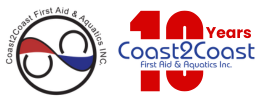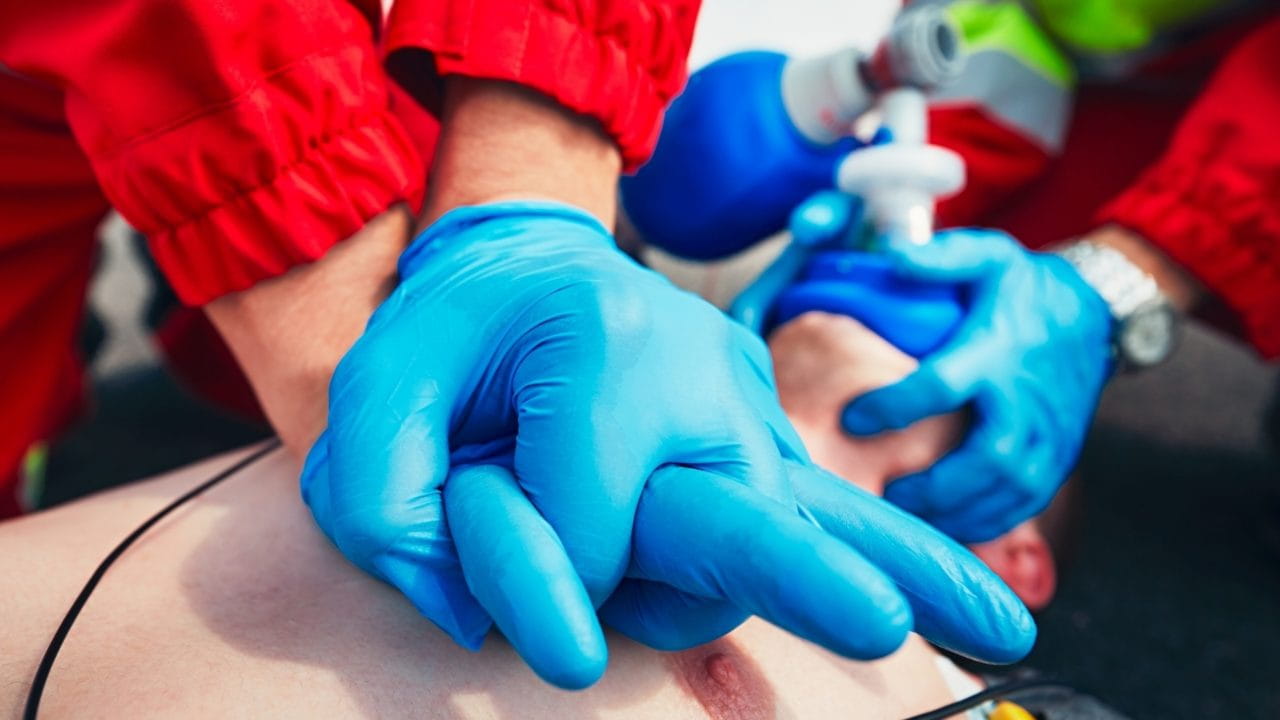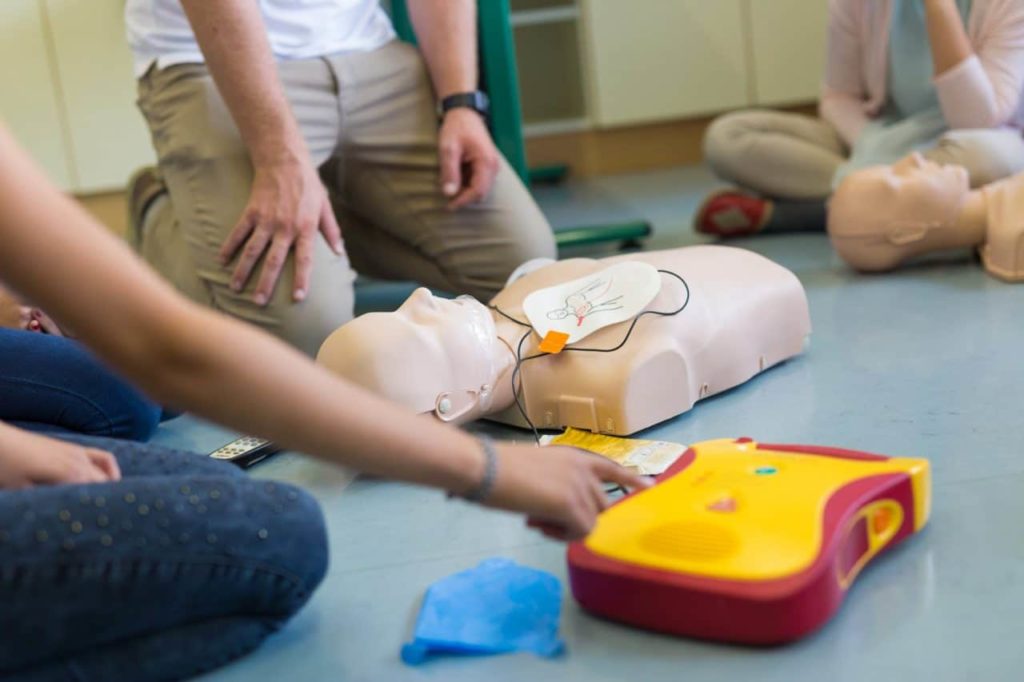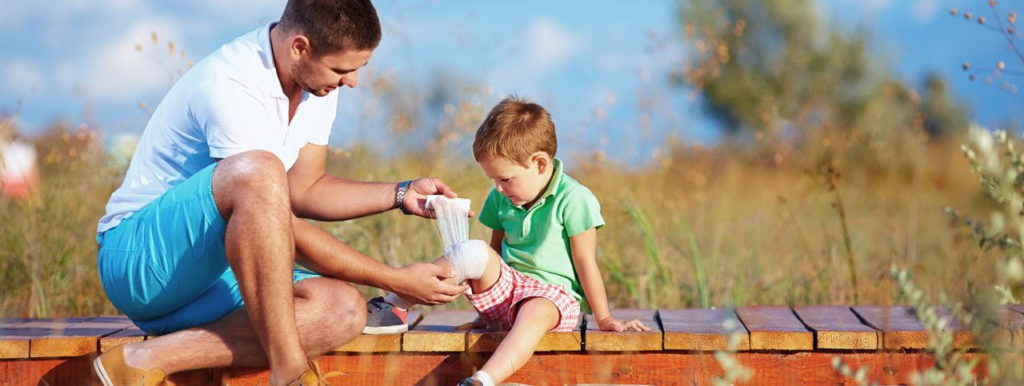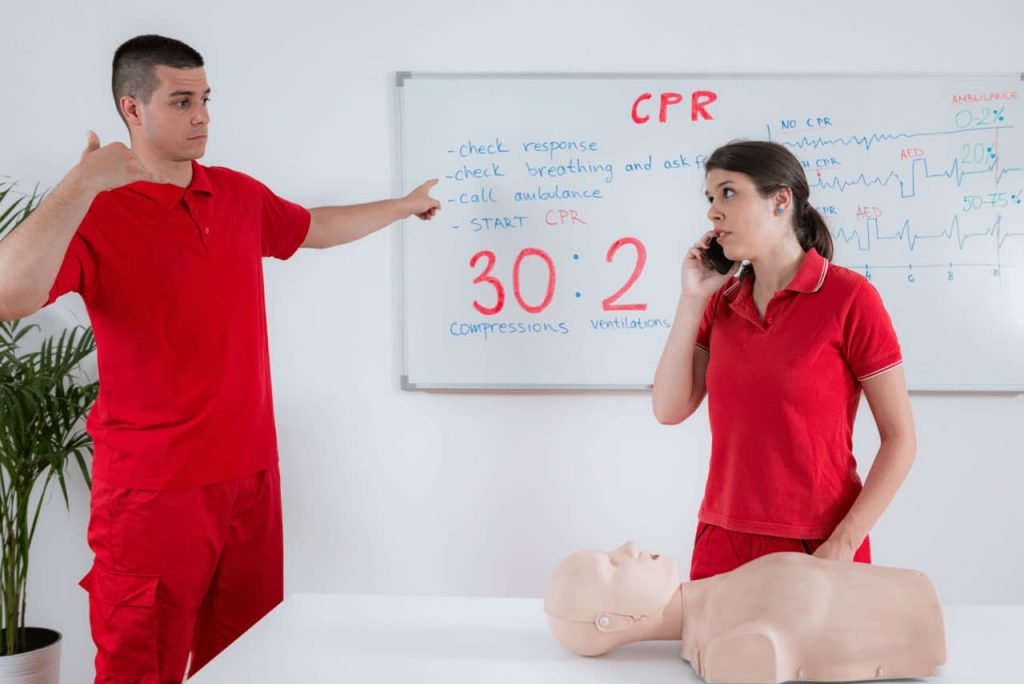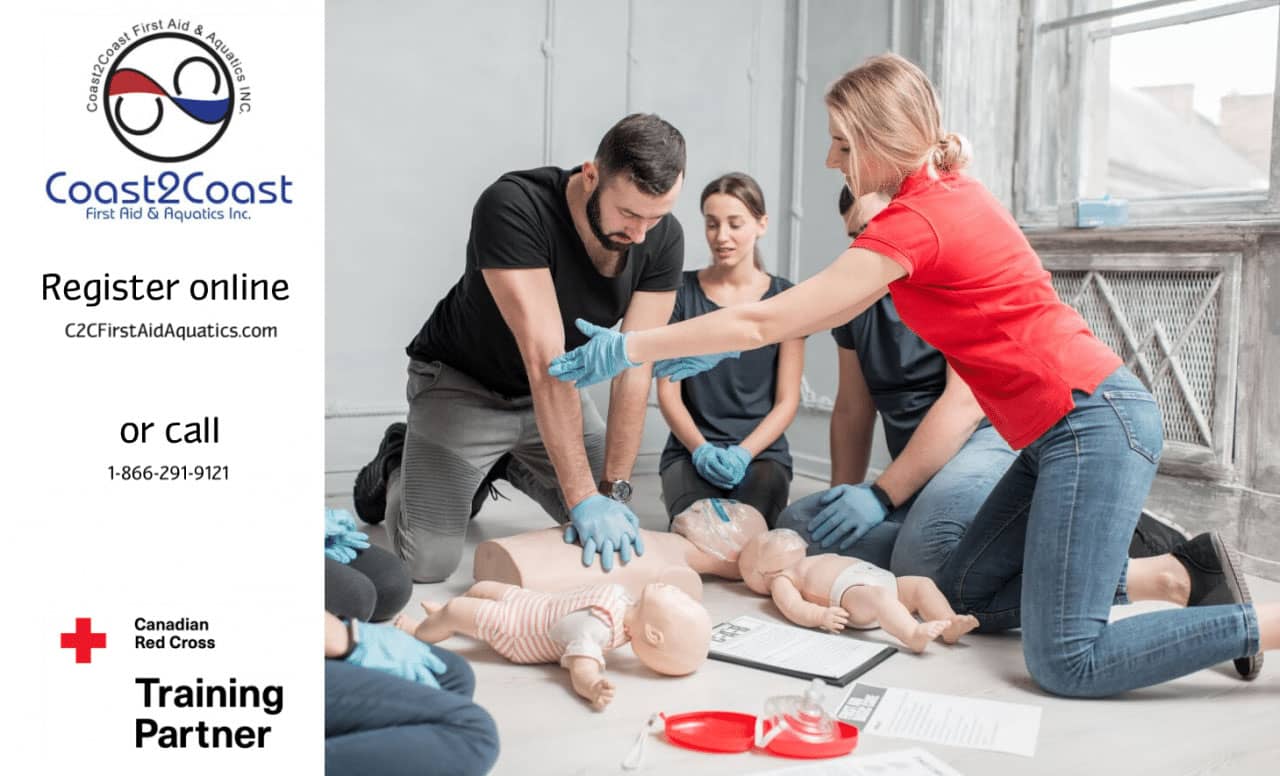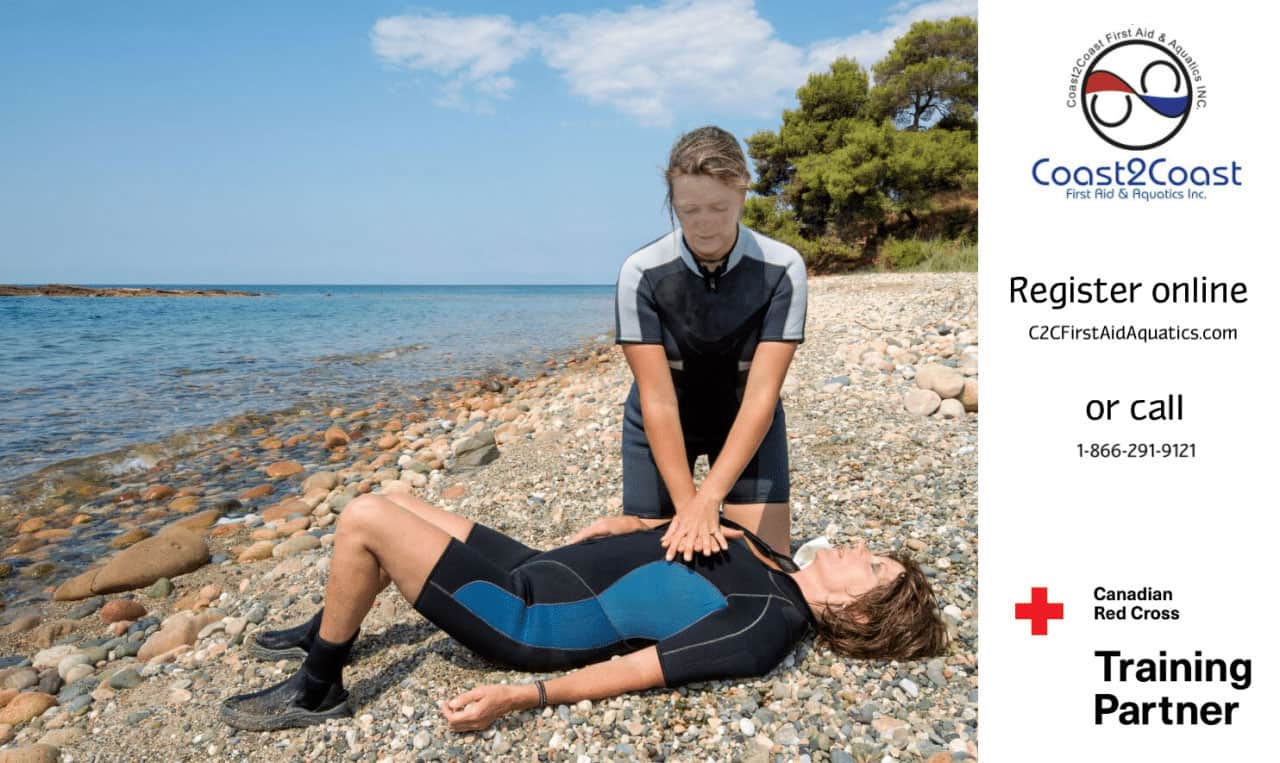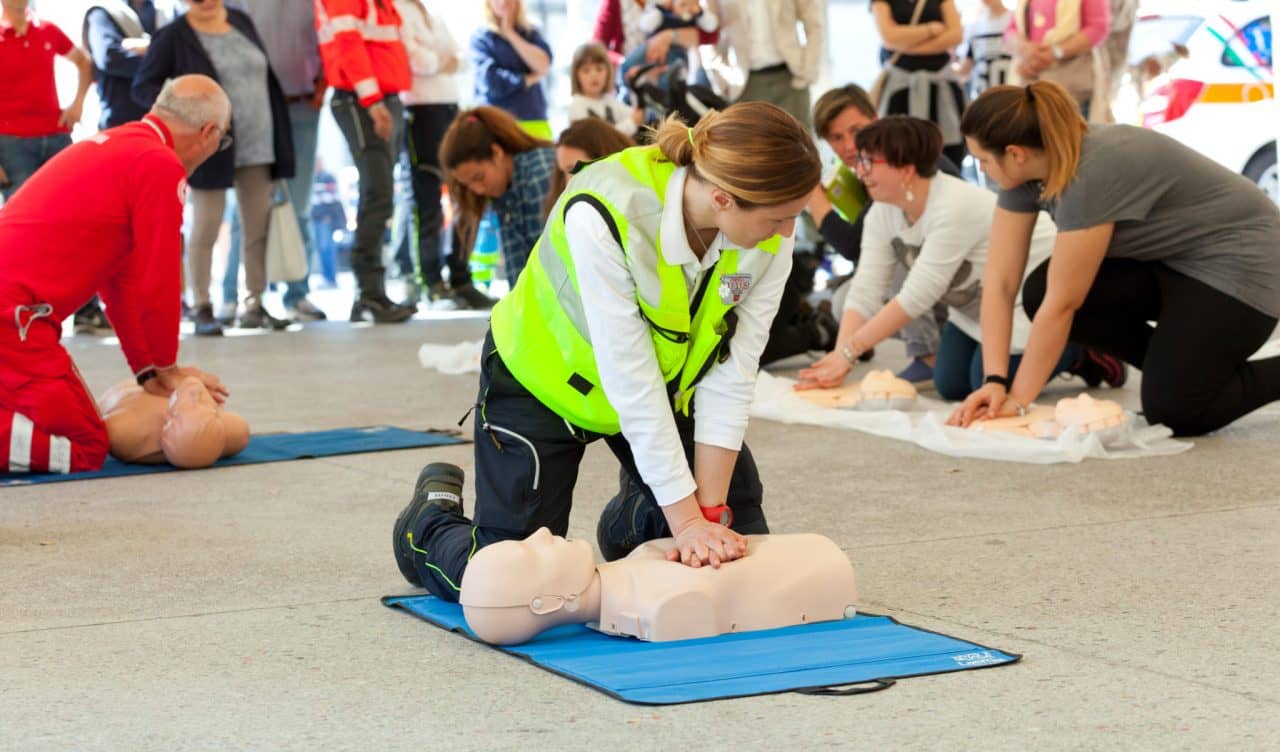We will give you the Who, What, Where, Why and How’s of our Emergency Medical Responder course at Coast2Coast!
What
The Emergency Medical Responder course is an 8 day, 80 hour program which provides the necessary skills and knowledge to help preserve lives, reduce pain, and diminish the consequences of injuries and sudden illnesses for those who are a part of a medical healthcare provider in a pre-hospital setting.
The first part of the course is about Preparing to Respond: the program goes through the responder, the emergency scene (location, victims, bystanders, injuries) and how to prevent disease transmission at the scene and in the ambulance.
Part Two of the course is about Establishing Priorities of Care. It goes through the human body anatomy and physiology, as well as an assessment of the current situation of the victim. This part goes through the main medical emergencies that responders are accustomed to, such as respiratory and circulatory emergencies, airway and ventilation problems, bleeding, shock, as well as pharmacology to understand medications that the victim may be on or may need.
Our third part of the course goes through the process of identifying and helping those with Traumatic Injuries. This includes but is not limited to soft tissue, musculoskeletal, head and spine, chest, abdominal, and pelvic injuries
Part Four goes through non-injury Medical Emergencies, which includes how to help those with sudden illnesses, poison ingestion, and temperature related emergencies (heat and frozen)
The fifth and last portion of the course is handling Special Populations and Situations. Topics will be centered around special populations and crisis intervention, with events such as childbirth, reaching and moving patients from the area, multiple casualty and victim incidents, and transportation and workplace situations.
Who
Many of our course participants go on to be fire-fighters, law-enforcement officers, and become a part of an emergency medical services personnel.
One must have a Standard First Aid and CPR/AED Level C to be able to take the course. Anyone who completes the Standard First Aid course can enroll in the Emergency Medical Responder course!
Why
The world we live in today is full of danger and unexpected circumstances that require many first responders and emergency medical responders to aid victims of such tragic incidents.
Obtaining the Emergency Medical Responder certificate proves to the community that you are ready to help anyone in need if a medical emergency were to happen, and that you care about the well-being and safety of your city or town!
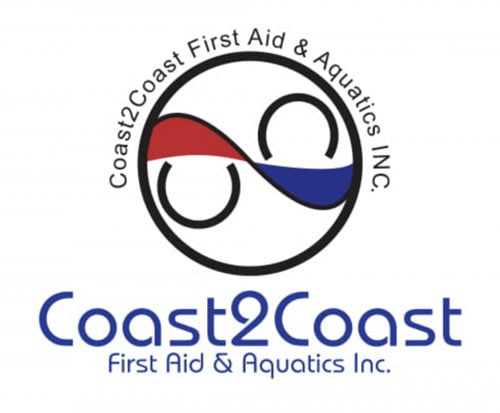
Where
Coast2Coast offers the Emergency Medical Responder course at 4 of our locations:
North York – #216, 180 Steeles Ave. W, Thornhill, Ontario
Toronto – 635A Bloor St. W, Toronto, Ontario
Markham – #2, 1080 Tapscott Rd, Markham, Ontario
Brampton – 83 Kennedy Rd. S, Brampton, Ontario
Hamilton (Stoney Creek) – #104, 43 Keefer Court, Hamilton, Ontario
London – #304A, 717 Richmond St, London, Ontario
How
There are two ways to register for our Emergency Medical Responder course:
Call our toll-free phone number at 1-866-291-9121 to speak with one of our representatives to register you over the phone.
Go to our registration page here and click one of the previous locations stated above to register for a course. We offer the course once a month in each location.
Start saving lives by registering with Coast2Coast First Aid today!
Become an Emergency Responder!
Join our Emergency Medical Responder (EMR) training and equip yourself with the critical skills needed to respond to emergencies effectively. Learn from experienced instructors and gain hands-on experience that can make a real difference.
